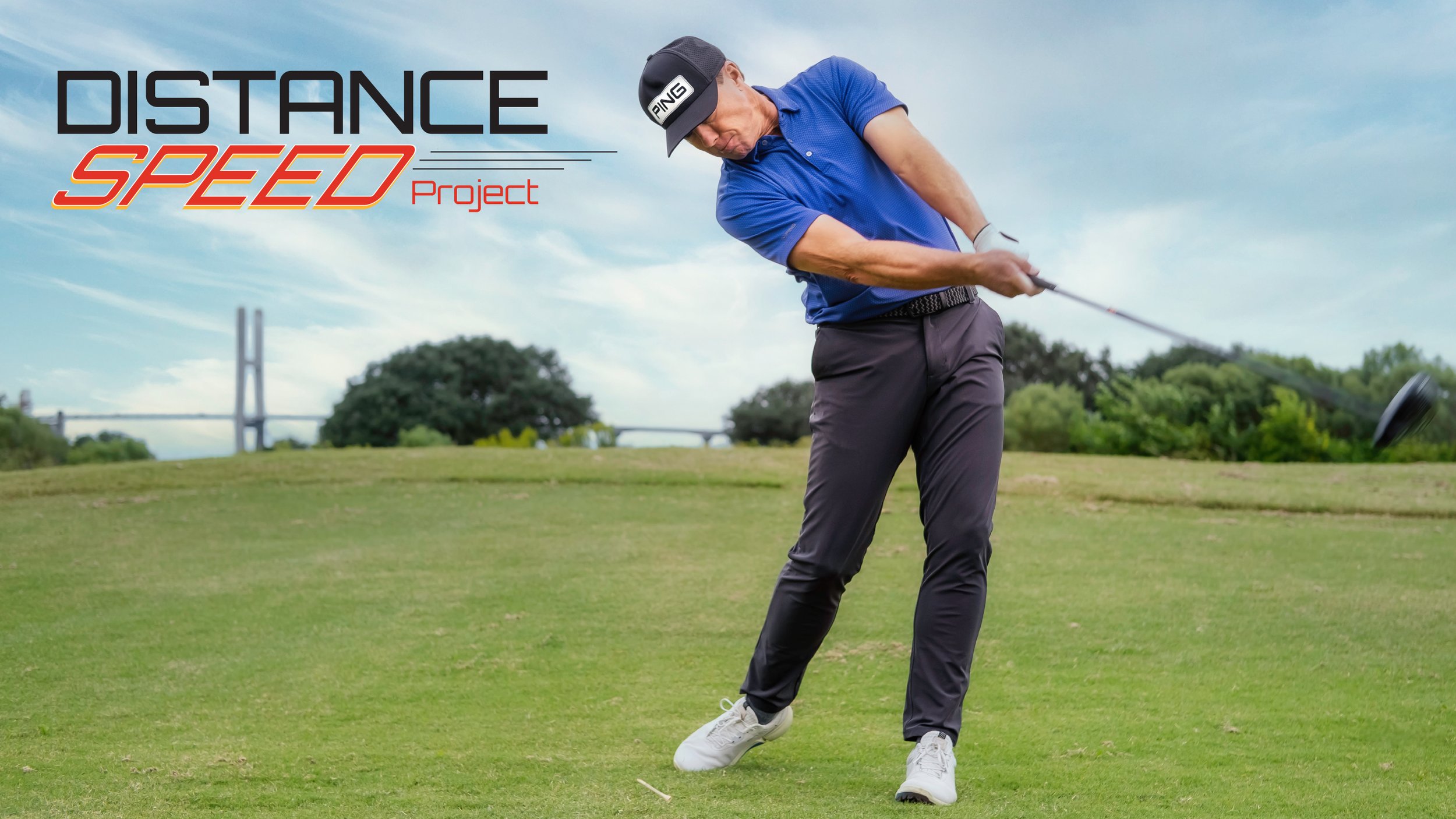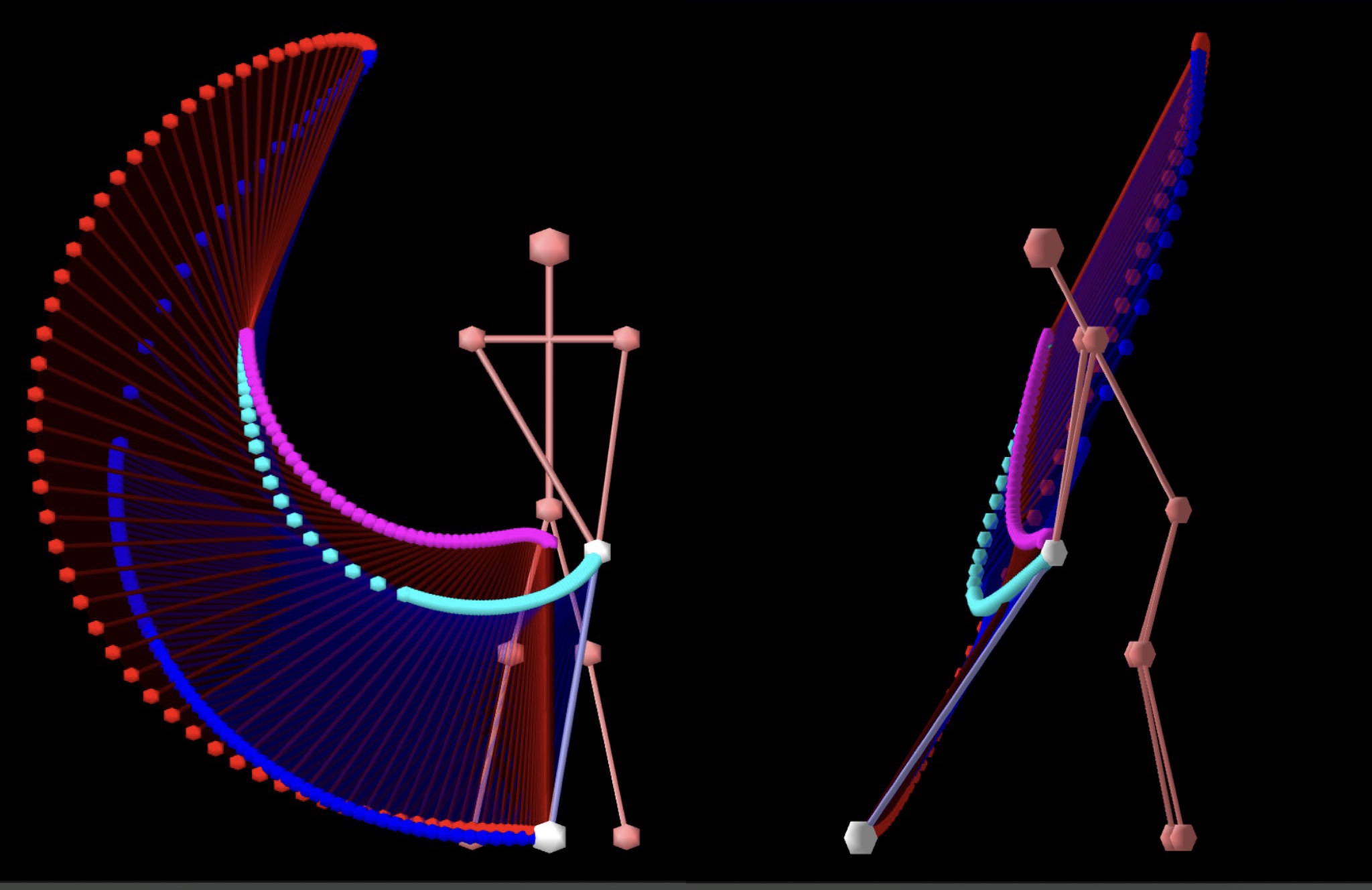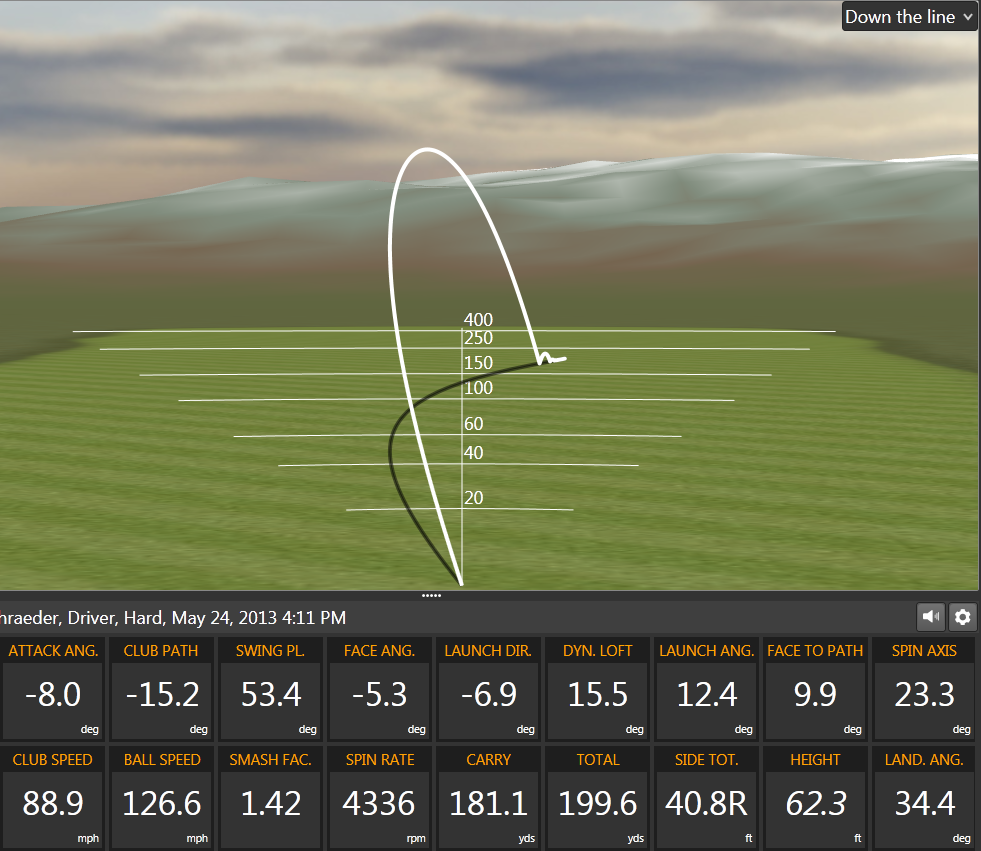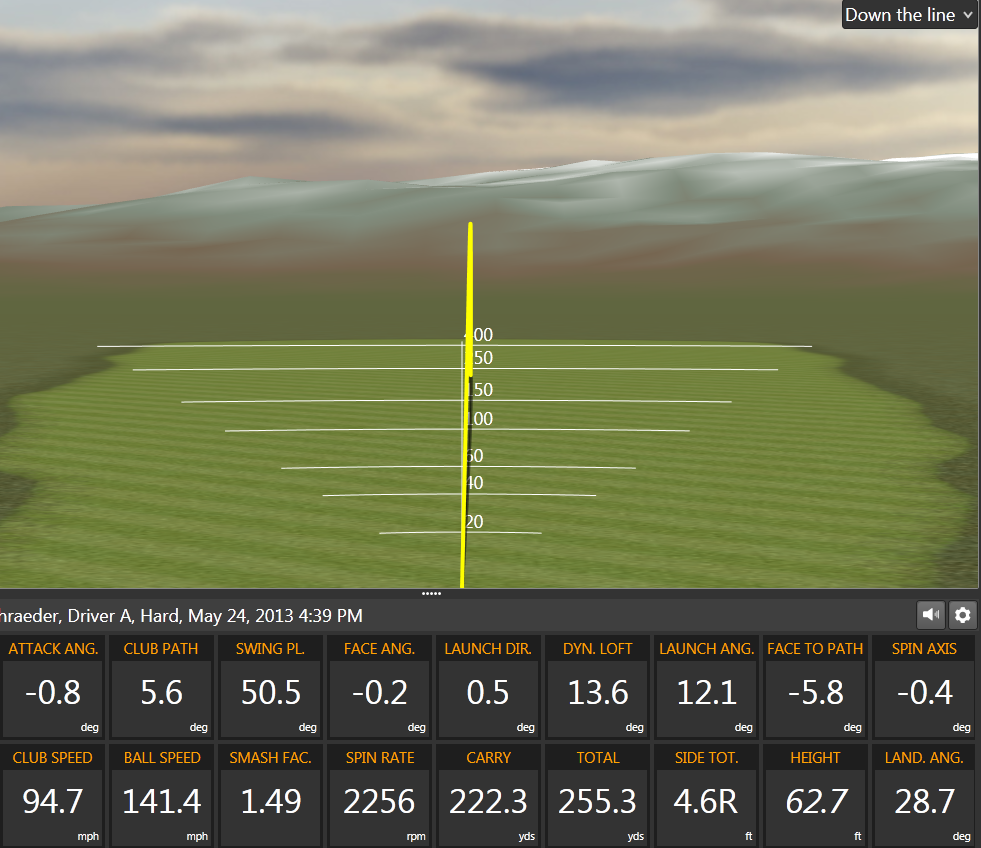In light of Dr. Einstein's insightful quote I am going to give this touchy topic my best shot and try to keep it as simple as possible. Please don't check out! This is important information for any golfer to comprehend, so bear with me and you'll gain a far better understanding of why your golf ball reacts the way it does.
There are only four factors that influence ball flight when clean (not necessarily solid) contact is made between a golfball and a clubface.
They are:
Club Speed
The faster the clubhead travels the further and higher the ball will travel - generally with more spin. Compare a chip (slow speed) with a pitching wedge vs. a full swing (faster speed) with a pitching wedge...simple enough.
Clubface Orientation
Orientation is a fancy term that refers to where the clubface is angled. Keep in mind that the face angles both left or right or up or down - left or right being an open or closed face and the up/down variable (although hopefully never down) referring to the loft imparted at impact (dynamic loft). The face angle largely determines where the ball launches - left or right of the target and at what angle relative to the ground. A good general point to remember is clubface (for the most part) = launch.
Clubhead Direction
Once again the direction the clubhead travels relative to the target line at impact - left or right (clubpath) and up or down (attack angle) - plays a role in determining ball flight. A lesser role than the clubface, but a role nonetheless. A good general point to remember is clubpath (for the most part) = curve.
Centerdness of Contact
This is a big one and something the vast majority of teachers and golfers tend to underestimate. Most golfers strike the ball on the sweet spot far less frequently than they think . I often see golfers that swing for a draw, yet strike for a fade - in other words they have a clubpath that is in to out, yet hit the ball slightly out the heel which leads to a fade. An off center point of contact on the face leads to gear effect, which overrides or reduces the effect the face orientation and clubhead direction have on ball flight. This factor plays a bigger role than most realize - watch out for it. And the best way to do that - a spray of Dr. Scholl's foot powder.




















